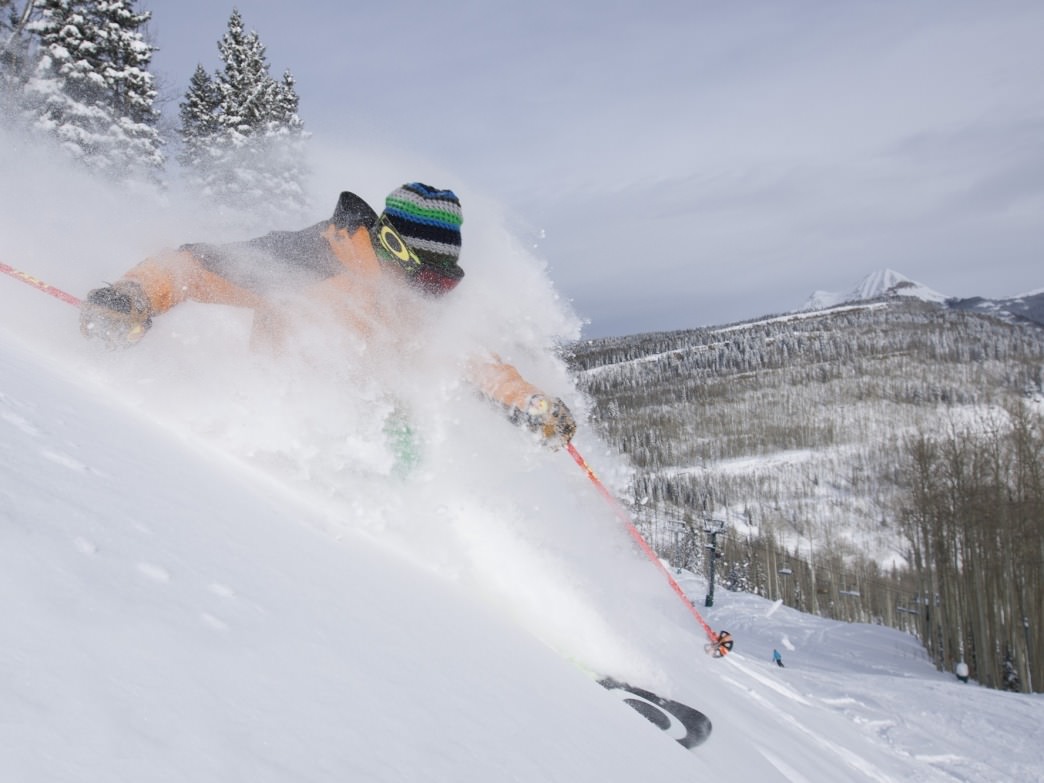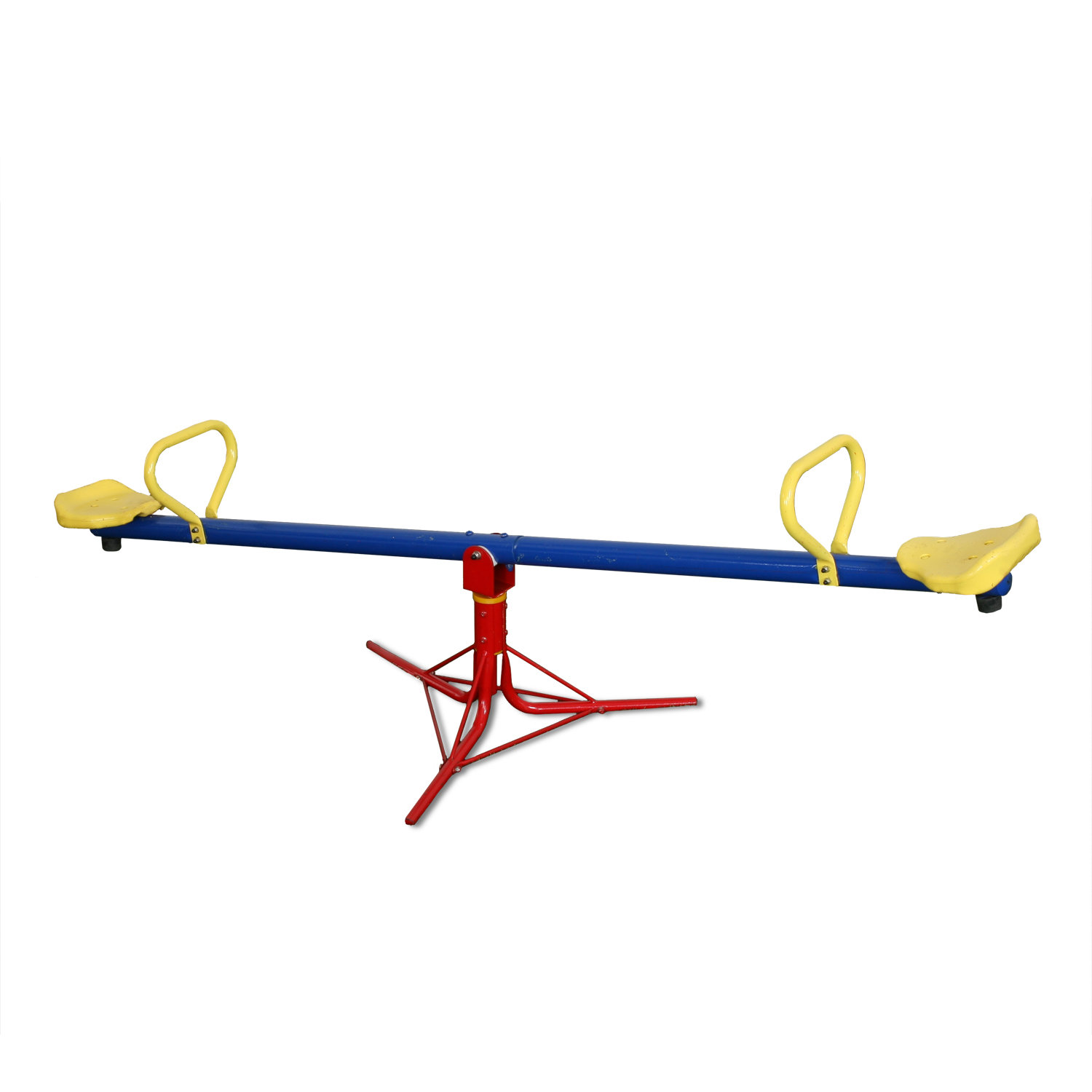
Skiing is a wonderful activity that wouldn’t be possible without snow. To put it simply, snow is very complex. It can do all sorts of things once it has hit the ground: turn into different shapes, gain and lose stability, and more.
However, something that comes up a lot when talking about snow before and while it’s falling is snow water equivalent (SWE). Snow water equivalent is essentially a proxy for snow density. If you have 20 inches of snow and melted it down and ended up with 1 inch of water, the ratio would be 20:1. SWE has many different applications in the snow sports world.
The first and most obvious implication of snow water equivalent is the density of fresh snowfall. Due to lower elevations and higher moisture content, maritime areas (like the Cascades, Sierra Nevada, and Coastal Ranges) often get denser snow. This is characterized by a higher snow liquid ratio (SLR), typically hovering around 12:1. High and dry continental areas, like the Rockies or Wasatch, often receive ratios upwards of 16:1. In general, lighter snow with a lower SLR is more fun to ski. It takes less effort to turn through than heavier snow experienced in areas closer to the ocean.

Another implication for SWE is in avalanche forecasting. I like to think of avalanche risk like a see-saw. Say you have a see-saw where one end is hanging off a cliff. If the see-saw is perfectly balanced, the avalanche risk is high; just a bit of material placed on the cliff side of the see-saw could tip the scale and send someone careening down the cliff. If there is significantly more weight on the non-cliff side of the see-saw, then the balance can tolerate much more weight before ending in a similar fate as the first instance. The cliff height is like the consequence of the avalanche, a small cliff will hurt and could be deadly if you land wrong, and a big cliff means almost certain death.

In this example, to an avalanche forecaster, giving how much snow fell is like telling them how much volume of “stuff” you put on the see-saw. But this is irrelevant – on the see-saw, placing 1 cubic foot of cotton isn’t at all comparable to placing 1 cubic foot of steel. However, snow water equivalent is like telling the forecaster exactly how much weight was placed on the see-saw, regardless of the material density.
Hence, snow water equivalent is much more useful to forecast avalanche risk than total snowfall. 10″ of heavy snowfall and 10″ of light snowfall do not load the snowpack equally, but 1″ of SWE in heavy snow and 1″ of SWE in light snow do load a snowpack equally.